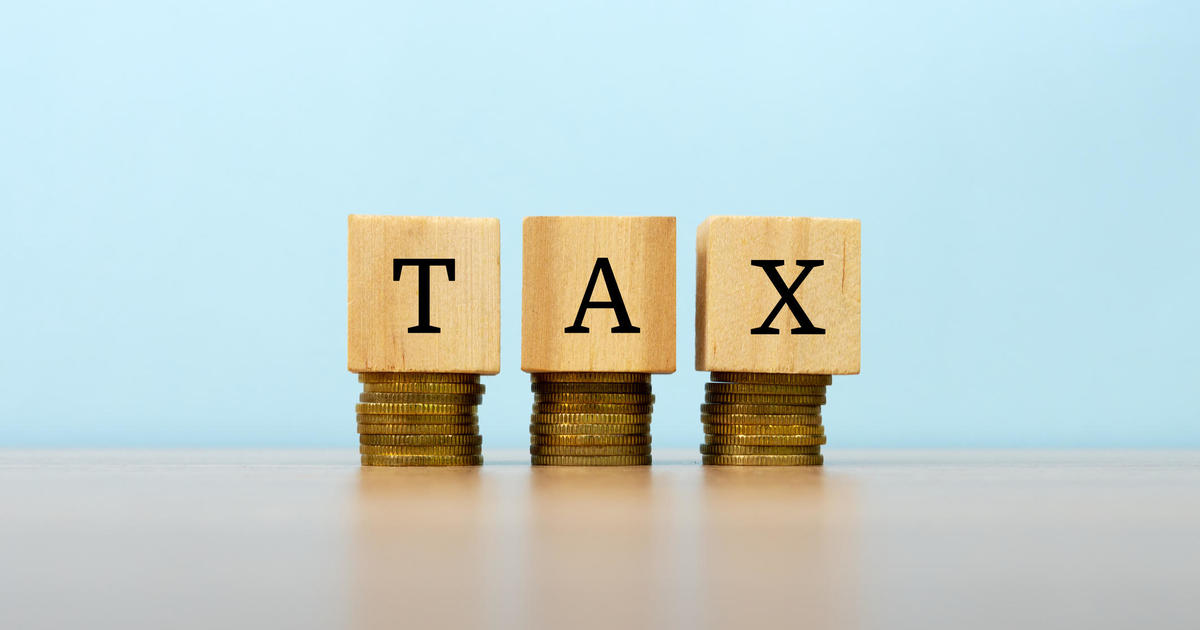Gold IRA withdrawal rules investors need to know
A gold IRA can be an excellent way to secure your financial future and protect your retirement savings from market fluctuations. It can also give you some nice tax benefits.
But, as with regular IRAs, gold IRAs have specific requirements that govern how you can access your funds. If you don't adhere to them, you may face taxes and penalties that can eat into your earnings. By knowing and understanding these rules, you can make the most informed decisions and keep more of your money.
Learn more about gold IRAs with a free information kit.
Gold IRA withdrawal rules investors need to know
The rules for your gold IRA depend on the type of IRA you have. (Note that SEP gold IRAs, which are available to small-business owners and self-employed individuals, have the same withdrawal rules as traditional gold IRAs.) Here's how they break down:
Qualified distributions
You must be at least 59 ½ years old to withdraw funds from a traditional gold IRA without penalty. If you withdraw funds before this age, they're considered non-qualified distributions and are subject to a 10% early withdrawal penalty (in addition to the tax you pay on any traditional IRA withdrawal).
There are a few exceptions to this rule. Withdrawals before age 59 ½ don't incur a penalty if you use them for certain purposes, including higher education expenses, unreimbursed medical expenses or buying your first home.
With a Roth gold IRA, withdrawals after age 59 ½ are penalty- and tax-free. If you withdraw funds before that age, they will still be tax-free because Roth IRAs are funded with after-tax dollars (meaning you pay taxes on the money when you contribute it). However, you will have to pay taxes and a 10% penalty on any earnings you've made on those funds if you withdraw them early.
The same exceptions apply to non-qualified Roth IRA distributions.
Required minimum distributions (RMDs)
If you have a traditional gold IRA, you must begin taking distributions from the account at age 72. The account's required minimum distribution (RMD) dictates how much you must withdraw from your account annually. This amount is calculated by your IRA custodian or plan administrator and depends on factors such as your account balance and life expectancy.
If you fail to take your RMD, you'll be subject to a 25% penalty on the amount you should have withdrawn.
Roth gold IRAs do not have required minimum distributions.
Get your free investors kit here to learn how a gold IRA could fit into your retirement strategy.
Inherited gold IRAs
If you inherit a gold IRA, you typically must withdraw the funds within 10 years of inheriting the account. You generally are also subject to RMDs, taxes and penalties.
However, the rules differ based on factors like your relationship to the IRA's original owner, and if and when they began taking distributions from the account. See the IRS's guide for beneficiaries for more details.
The bottom line
Investing in a gold IRA can be a smart part of your retirement plan, but it's essential to understand the rules for gold IRA withdrawals to avoid costly mistakes and penalties. By minding these rules and making well-timed decisions, you can maximize your earnings and minimize unnecessary costs.
As with any investment, be sure to consult with a financial advisor for guidance customized to your unique financial situation. There are lots of exceptions and nuances when it comes to IRAs, and an advisor can help you navigate them.
for more features.




